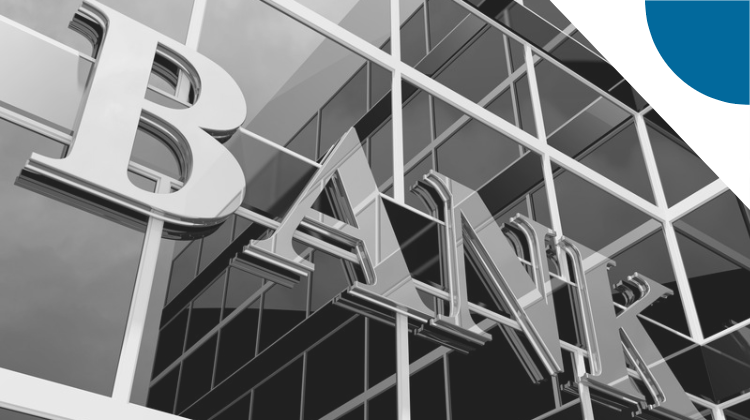Banking
What it takes to provide support for better consumer financial health: 5 questions with Holly O’Neill, President of Retail Banking at Bank of America
- Bank of America gets recertified by J.D. Power for outstanding client satisfaction with customer financial health support.
- How does the bank conceptualize financial health and what segments need the most help building economic downturn?








